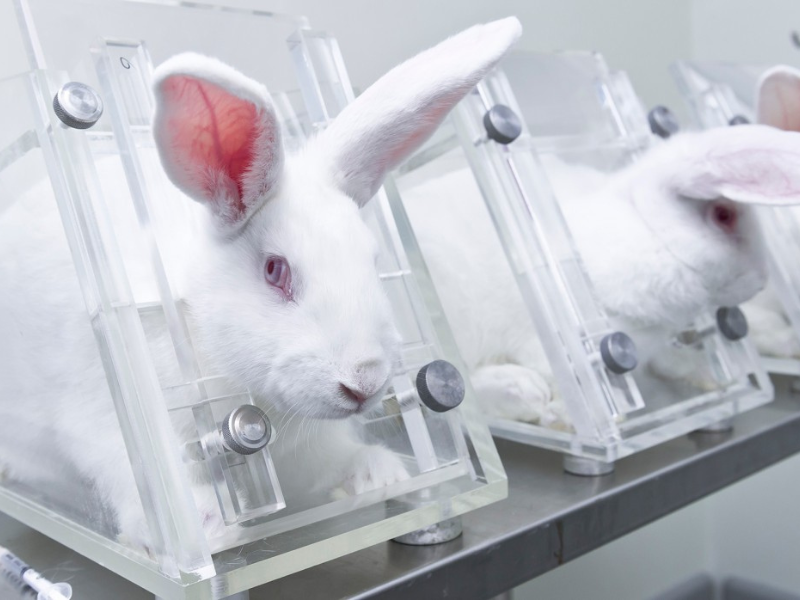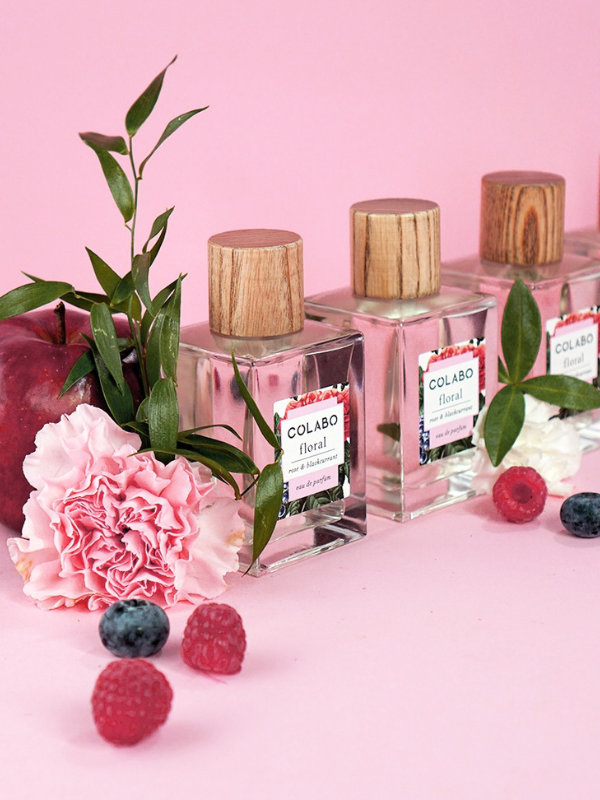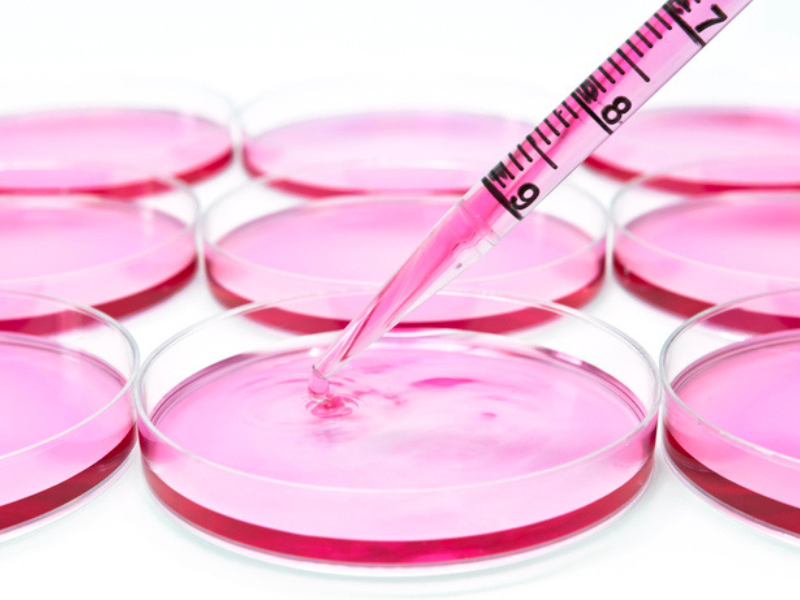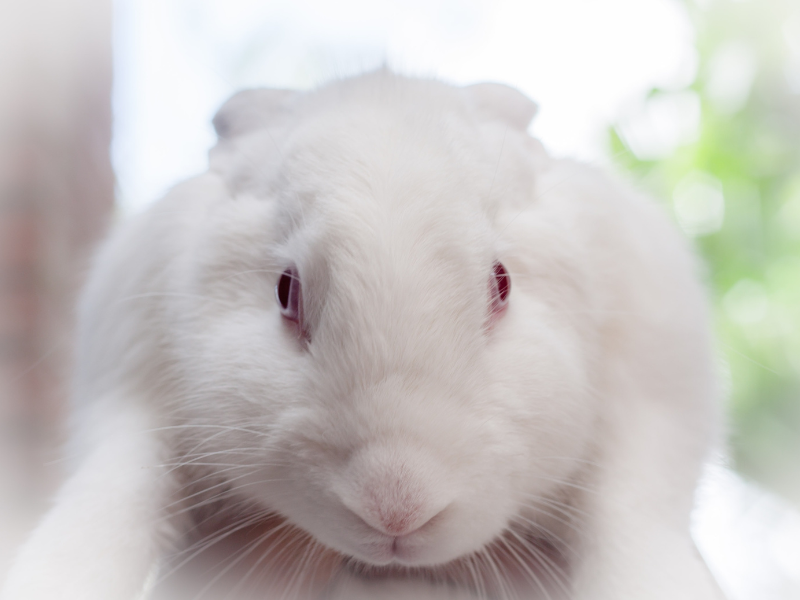Often as I walk through the mall, I am stopped by a girl with testers of various cosmetic products. They are mostly perfumes. Today it is a very common sight. Brands offer us free saws of their products to try them out and maybe decide to buy. As she hands me the tester, I always listen to her brand and product presentation first. After the story, she expects my positive reaction and hopes her sale succeeds.
My first question, if I don't know the brand, will be "Has the product been tested on animals?" I always noticed her astonishing look at first, and then she would say something like “I don’t think so. I have no information that it is. " After that every girl so far, would ask me the same questions, such as, “Animal testing? How is this even tested on animals? What does that mean? Why would anyone do that?“At first, I was surprised every time that the girls did not know about the products they used and were not informed. They are not aware of what the brands are actually doing to keep the product safe for their skin and not to make a negative reaction after application.
When it comes to beauty and personal care, the brand "Cruelty-free" is a brand that does not test its products on animals. Brands that are truly cruel do not conduct any animal testing on products or ingredients at no point during the making of their products. They also ensure that their suppliers do not test on animals, and that third parties do not test on animals on their behalf. The brand is also not allowed to test on animals where required by law, and as such cannot be sold in stores in China.
What does the term “animal testing” mean?
Animal testing companies use large laboratory facilities where they have various types of animals that have been bred to test the product and the ingredients it contains. Animals in laboratories live in cages all their lives, have no freedom of movement and control over their lives and do not socialize with other animals. Many die from panic, stress, malnutrition, careless handling, or side effects from tests.
Animal testing is any scientific experiment or test in which living beings are forced to be exposed to something that could harm them. pain, suffering, stress, and lasting mental and physical harm. Animals on which tests are carried out they are intentionally damaged and are usually killed at the end of the experiment.

What does it mean that a product is “cruelty-free”?
The term "no cruelty" is widely used, often misused, and means products that have not been tested on animals. If the product says "this product has not been tested on animals" it may be easier, but this means that the product may not have been tested on animals, but the ingredients of the product that make up the finished product are. To make the product without cruelty it should not pass any form of animal testing at any time during creation. Usually companies test a product on the way to its creation and use ingredients that have been tested on animals by third parties. Brands that are non-cruel do not buy raw materials from a supplier that tests on animals, products and product ingredients are not tested on animals by third parties and the company itself does not test on animals.
How do you know if a product is safe without cruelty?
Many companies use unofficial rabbit logos that are not affiliated with an official organization such as Leaping bunny. It is essential to recognize the logos which we can trust. Exist 3 rabbit logos denoting products without cruelty, which are logos from official organizations (PETA-e, Choose Cruelty-Free i Cruelty-Free International).

Since the term “no cruelty” is not regulated, this means that any brand may be labeled “cruelty-free” without any legal consequences. Some brands carry the label without cruelty, although they do not endeavor to ensure that their suppliers or third parties do not test on animals on their behalf. That’s why we’ve put together a list of cruelty-free brands here.
These brands:
They do not test finished products or ingredients on animals themselves
Their suppliers do not test on animals
No third party tests animals on their behalf
They do not test on animals where required by law
Their products are not sold in stores in mainland China
What exactly does this mean?
The brand itself does not test on animals, either finished products or ingredients.
Most brands no longer conduct animal testing on their own, which can be deceptive when brands claim to be “cruelty-free”. It is important that brands confirm that they do not conduct any animal testing themselves, but we need to dig deeper.
Their suppliers do not participate in animal testing, whether for finished products, raw materials or ingredients.
Suppliers sell products or ingredients to the brand. Beware of brands that claim that their ingredients have not been tested on animals, but cannot confirm whether their suppliers are testing on animals. In order to be non-cruel, the brand must confirm that their suppliers are not participating in animal testing.
No third party tests on animals on their behalf.
A third party is an external company or entity, which may test its finished products or ingredients on their behalf. A brand does not have to hire a third party. If they claim that third parties can test their products on animals, for example in mainland China, the brand is not truly without cruelty.
They do not test on animals when required by law.
Many brands claim that they do not test on animals at any time, "unless required by law." A brand that is truly cruel is not tested on animals at all. Without exception. If a brand makes an exception where required by law, it most likely means they had to pay to have their products tested on animals in mainland China.
They do not sell cosmetics in stores in mainland China.
It is important to ask brands where their products are sold, as some might try to be insidious. We ask them where their products are sold in stores, excluding online sales. If a company sells cosmetics in stores in mainland China, we can’t assume it’s without cruelty. This excludes Hong Kong, which is not part of mainland China.

These are 5 questions you can ask a brand if you are trying to find out if the brand is truly cruelty-free. Brands that are truly transparent and cruelty-free will respond with clear answers. If they skip questions or follow a short animal testing policy, watch out. You may not be dealing with a cruelty-free company.
On the way to choosing cosmetics that have not been tested on animals, we will start checking every product we receive. We will often ask ourselves on the spot, holding the product in our hand, if it has been tested on animals. We want to get information quickly and easily. Instead of walking around the store with a list, we can get our mobile device out on the spot, open the app and check what kind of brand it is.
Bunny Free app
The Bunny Free app contains data from PETA organizations. This app allows users to they easily find out in a short time whether the company is cruel to animals. In addition to this information, the application provides company details, such as web address, phone number, company address, their products, product availability and whether it contains the PETA logo and whether the products are vegan.

Also, you can browse companies by various filters such as those that test on animals or those that do not test, in alphabetical order, those that contain the PETA logo or just those that offer vegan products. The application includes companies that offer beauty products, personal care products and household products. If the company is not on the list, it means that the company refused to answer specific questions about the testing of its products, which means that it most likely conducts animal testing in one of the product development processes, or the company is new to the market.
The app is free and available for Android and iPhone devices and is updated regularly.
It is very important that everything we put on the skin passes the tests to make sure that the product reacts well on our skin and that there are no negative reactions. How do companies that operate without animal cruelty test products? How do we know the product is safe? What alternatives do companies use to pass the product safety test?
Scientists have developed methods that have been validated and shown to be safe and effective for humans, not animal testing. Alternative methods are replacing, reducing and improving research and animal-free testing. Such methods include testing on human cells and tissues (in vitro method) and people volunteers, that is, they replace animals computers (in silico method), biochemical or cellular systems. Replacing people with animals does not mean that people are at risk, but it means medical progress or improving the quality of our science and our humanity.
To understand alternative methods we will answer the question, why are animals used for safety testing at all?
The reasons why animal testing is often not scientific are due to conservatism in the scientific field.. It is easier to do what has always been done. The tests can easily be compared to previous animal tests. New alternative methods also bring massive bureaucratic obstacles to the implementation of their use. Animal welfare organizations encourage companies to adopt regulations and promote alternative methods without animal testing.
Find out here which perfumes are cruelty-free.
What are the alternatives to testing?
Cell cultures (in vitro method)
Today, it is possible to grow human and animal cells and tissues in the laboratory. Scientists have managed to develop cells in 3D structure, for example, miniature human organs that can provide a realistic way to test.
Cell cultures were used for an innovative device called "organs on chips", created at the Harvard Institute. These chips mimic the structure and functions of human organs and replace animals in the study of biological processes and diseases, as well as the impact of drugs on metabolism. The devices are made so that they can mimic the heart, lungs, kidneys and intestines. The goal is to make chips that will make up the entire human body. Cell cultures are key to development in the areas of cancer, sepsis, kidney disease and AIDS. They have been used in testing chemicals, drugs and vaccines. The chips showed more accurate results than those tested on animals. The cell culture model can be used to assess the safety of drugs, cosmetics, consumer products, and chemicals. CeeTox Corporation has developed a method to assess potential substances that cause skin allergies in humans. This model includes a 3-dimensional skin model derived from human cells that replicates key features of normal human skin.

Computer methods (and silico method)
Computers are capable model and replicate aspects of the human body. There are models of the heart, lungs, kidneys, skin, digestive system and musculoskeletal system. They are used to conduct virtual experiments based on existing information and mathematical data. Research shows that these models can accurately predict how the human body will respond to new drugs and replace animals in a variety of research and standard drug tests. Quantitative structure-activity relationships (QSAR) can replace animal testing by making sophisticated estimates of substances that are likely to be hazardous, based on similar existing substances and our knowledge of human biology. PETA promotes and funds their use internationally.
Research with human volunteers
The rapid development of technology has enabled the development of scanning machines and recording techniques that can be used to safely study human volunteers. Research with human volunteers involves a method called "Microdosing", which is a method that can provide vital information about the safety of an experimental drug and how it is metabolized in humans. Volunteers are given a very small single dose of the drug and sophisticated techniques are used to observe the drug's behavior in the body. Microdosing can replace animal testing and help detect drug compounds that will not work in humans.
Advanced brain imaging and imaging techniques such as functional magnetic resonance imaging (fMRI) with human volunteers can be used to replace archaic experiments in which rats, cats and monkeys have brain damage. These modern techniques allow the safe study of the human brain to the level of a single neuron, and scientists can temporarily and reversibly induce brain disorders using transcranial magnetic stimulation.
How to join the cruelty-free revolution today?
So you want to take the next step and join the revolution without cruelty?
Change the products you buy first.
Encouraging brands without cruelty is key in working for change. Second, do everything you can to help change the law on animal testing. Private companies run profits. By showing them that “no cruelty” matters when selling their products, they will begin to consider it. But if a ban on animal testing is issued, they will have no choice but to reject it. Find out how to start the transition to cruelty-free cosmetics here.
First of all, evaluate your stock. Take a look at all your makeup, skin care products, shower supplies, toothpastes, deodorants - and don't forget the cleansers, which are often subjected to cruel animal tests. Are most of the brands you use on lists without cruelty? If not, don't throw anything away. It's wasteful and stupid. Simply spend your products and make more informed decisions about future purchases. If you have a favorite product that you just can't live without from brands that test on animals, do your research to find a cruelty-free alternative. You can make the decision to be cruelty free right here, right now. All you have to do is make better choices for future purchases and stop buying products that are tested on animals. It might not be easy, but it's worth it.

